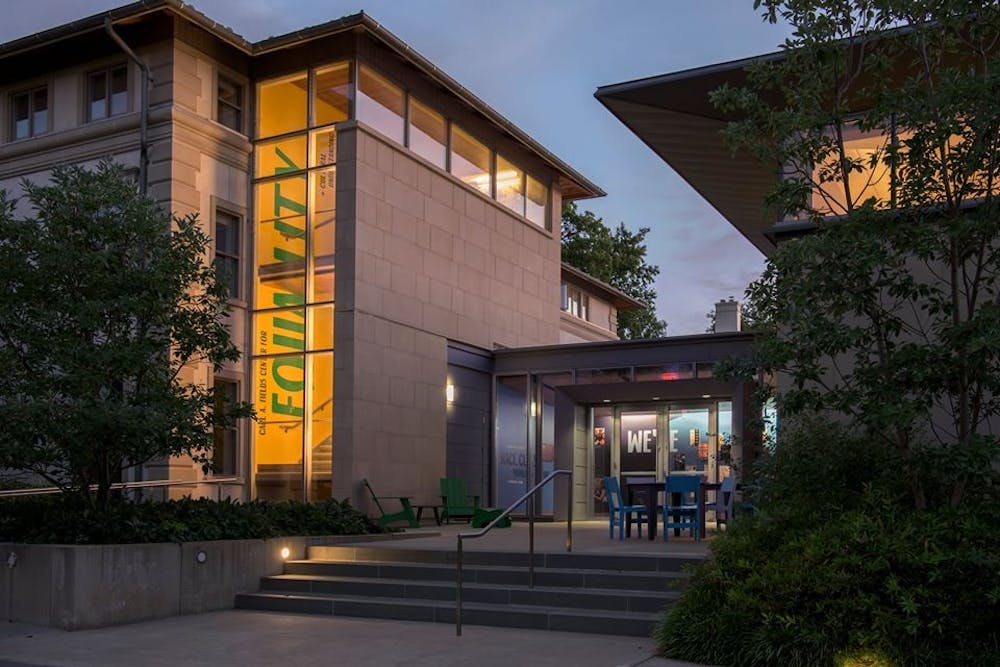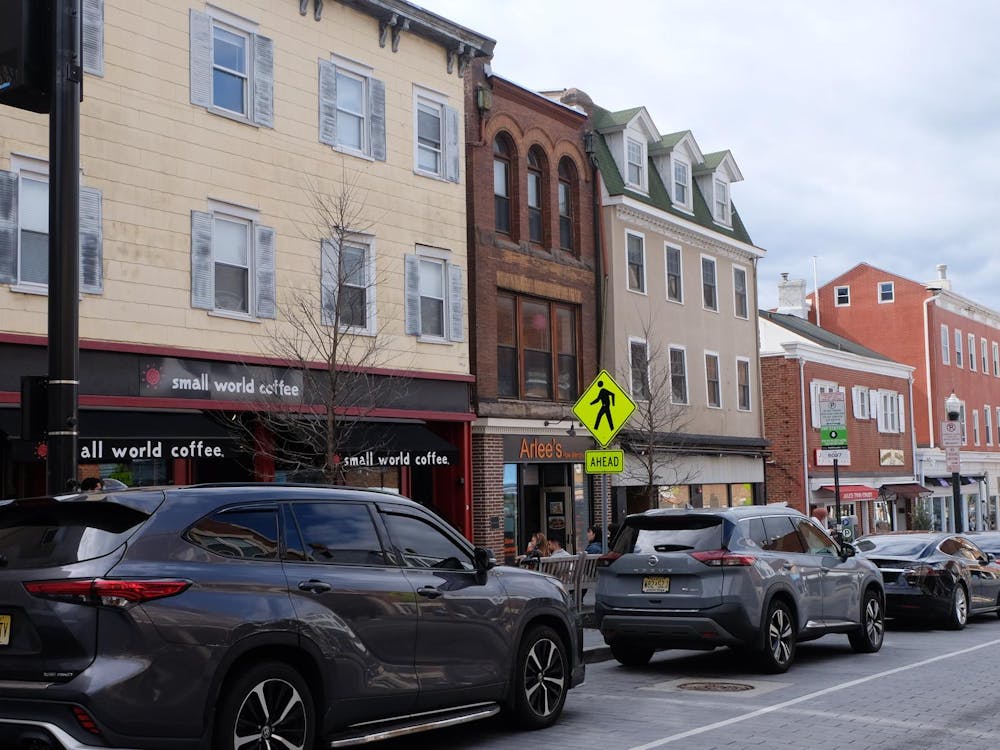On April 2, the University approved the Asian American Studies certificate program after over 40 years of campaigning, protesting, and lobbying; however, this semester’s enrollment rates in the department were concerningly low.
In an email sent out on Sept. 18 to the Asian American Students Association listserv, American Studies professor and director Anne Cheng urged students to enroll in ASA 351: Asian American Affect, one of two ASA courses being offered this fall, taught by visiting Fordham University professor James Kim. At the time of the original email, ASA 351 only had two students enrolled.
“American Studies firmly believe that offering Asian American studies courses is a fundamental intellectual obligation for a program that studies American cultures, but at an institutional level, it is all about numbers,” the email read. “You and your predecessors have fought hard for this. Now that it has happened, please support it.”
Another ASA course, ASA 347: The Asian American Family, exceeded its expected capacity of eight students and currently has 15 students enrolled. Both ASA 351 and 347 are new courses.
ASA 351 now has four students enrolled. According to Cheng, 22 students opted to be placed on the waitlist for ASA 347, most of whom did not enroll in ASA 351. Both classes are held on Thursdays from 1:30 p.m. to 4:20 p.m.
History professor Beth Lew-Williams attributed this low enrollment to the late addition of the class and the fact that it is being taught by a visiting professor.
“Students gravitate towards classes where they know the faculty, where it’s a class that’s taught repeatedly, and has some sort of reputation or buzz,” Lew-Williams said. “And for that reason, it’s very difficult for a visiting faculty member to come in — especially for a class that was put on the books late — to get the same enrollment as a class that’s offered every year.”
Although she is on scheduled research leave for the 2018–19 academic year, Lew-Williams recognizes that she has been one of the only University professors to consistently teach a course on Asian-American topics. Since joining the faculty in 2014, Lew-Williams has taught HIS 270: Asian American History three times. HIS 270 has become a popular course among the student body. The course is usually offered in the fall.

“To build a sustainable program, we need more faculty,” Lew-Williams said. “We need permanent people teaching repeated classes for students to really seek them out.”
AASA co-president Toni Xu ’20 pointed out that the novelty of the ASA program may also be a factor in the lower-than-expected enrollment numbers.
“Right now, it seems like ASA is more of a niche certificate because it’s still so new, and students are continuing to learn more about program and the courses it has to offer,” Xu said. “But in spite of [this], there is already palpable interest in ASA courses. When we took a poll of the AASA student body last semester, there was certainly large support and interest in ASA.”
Xu said she is hopeful for “an increase in enrollment in all future ASA courses offered by the department” after this semester.

Similarly, AASA vice president Chelsie Alexandre ’20 predicts that the low enrollment this semester will not “necessarily endanger ASA’s future.”
“We believe there is still high interest in the subject — especially demonstrated through the enrollment for ‘Asian American Family’ — and we are confident that an increase of topics taught and professors invited will keep the momentum going,” Alexandre said. “Moving forward, we hope that the administration also understands that low enrollment in one class is not indicative of a broader disinterest in the subject.”
Nicholas Wu ’18, former AASA co-president and four-year Asian American Studies committee member, echoed Xu’s and Alexandre’s sentiments but emphasized that students must still “continue to support the program to show the university administration that Asian American studies are worth creating and maintaining on campus.”
“If too few students sign up for classes, it’s harder for the American Studies staff to make the necessary asks for funding and staffing to support a larger program,” Wu said. “Then we run the risk of letting the program just wither and die before it even gets off the ground.”
Wu is former head opinion editor at The Daily Princetonian.
The beginning of the fight for the ASA program at the University is often attributed to the sit-in conducted at Firestone Library in 1971, which resulted in the creation of the Third World Center, a University facility to be used primarily by minority students. The Center is now known as the Carl A. Fields Center for Equality and Cultural Understanding.
According to a 2013 AASA report, it was at this time that Asian-Americans finally “had enough confidence, support, and enthusiasm to start providing an outlet through which to explore Asian American studies.” Students began to organize seminars examining Asian-American studies and formed AASA to create a community for Asian-Americans on campus.
Over the next two decades, Asian-American students continued to lobby for more classes and seminars on Asian-American topics, ultimately culminating in the creation of the first “Asian American Student Task Force” during the 1992–93 academic year.
In response to a “perceived lack of commitment” from the administration, 17 students organized another sit-in at Nassau Hall in 1995, leading to promises by the administration to begin creating a Latino studies program and an Asian-American studies program.
In 2011, almost 20 years after the Nassau Hall sit-in, still dissatisfied by the lack of an official Asian American studies program, AASA created the ASAM committee to specifically work on this program’s creation. Andrew Hahm ’17, who served as ASAM committee chair in 2014 and AASA vice president in 2015, recalls the vigor of the students who campaigned for the program.
“I think advocating for the program around the beginning of President Eisgruber’s tenure was exciting,” said Hahm, who was a first-year when President Christopher Eisgruber ’83 took office. “The student interest, I’d maintain, was always there and will continue to always be there.”
Hahm noted that while he “never sensed any open hostility or pushback” to the concept of the program, the lack of immediate action suggested that “there were many competing priorities for University-wide administrators.”
“I do appreciate that they took the time to do it right,” Hahm noted. “But I also think that if something is a priority for you, you will do it right and do it quickly.”
Rebecca Weng ’18, another former ASAM committee chair and AASA vice president, characterizes the ASA program as a collective effort that has required tremendous effort.
“It’s crazy because there was so much that happened before I came to Princeton, so much work that was put into the efforts for Asian-American studies, and so much more that still needs to happen,” Weng said. “This is about an entire community pushing toward this one goal.”
Weng attributed previous roadblocks to the program’s creation to the “existence of various committees, voting procedures, and other institutional hurdles.” However, she also said she believes that the student body holds significant accountability for preserving the work of their predecessors.
“New students enter Princeton every year, and Asian American studies advocates graduate every year, hoping that they used their time at Princeton well enough,” Weng said.
As a Fulbright Scholar currently teaching English in South Korea, Weng urges current students to “take this chance that we fought for” and to “engage in topics we never had the opportunity to learn about.”
“As much as I wish I could, I can’t audit a course from halfway around the world,” Weng said. “All I can hope to do is to move you with my words.”
The certificate program in Asian American Studies requires students to complete at least three courses in the department, take the American Studies course AMS 101: America Then and Now, and participate in a capstone seminar, recommended for senior year.








